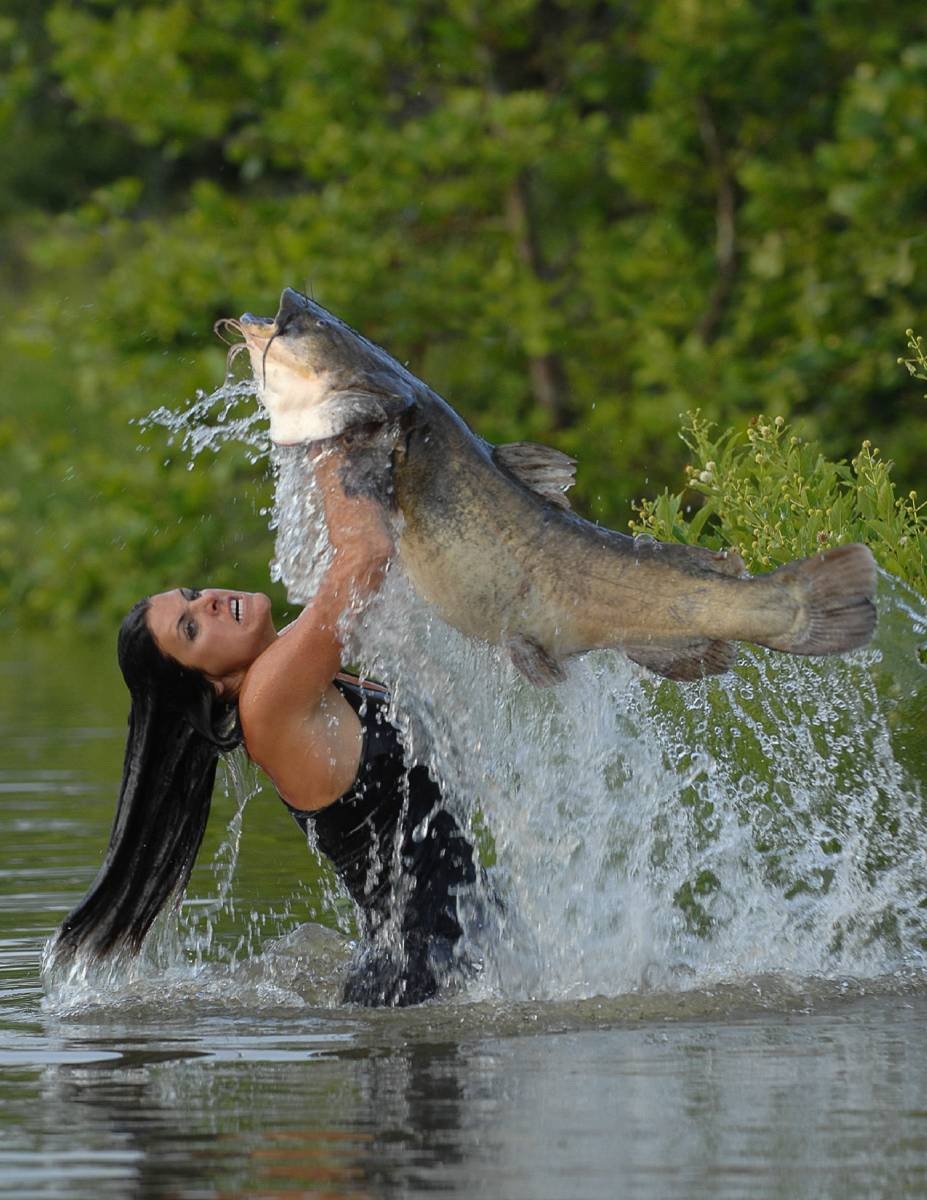“They're eating everything, anything they can get their mouths around,” said Noah Bressman, a fish biologist at Salisbury University in Maryland.
. . .
Bressman’s study concentrated on the Nanticoke River, one of the Chesapeake’s largest tributaries east of the Susquehanna River. Researchers also analyzed Marshyhope Creek, a stream that branches off the Nanticoke.
They examined 1,049 catfish, ranging from 3.5 inches to 43 inches in length. A little more than half had food in their stomachs, including nearly 80 different types of fish.
The results showed that their diet varied throughout the year and by their size. Compared with other Bay rivers that have been studied, blue catfish in the Nanticoke complex preyed more heavily on river herring, blue crab, white perch and menhaden.
The search only turned up two striped bass, suggesting that blue catfish may not pose as big of a threat to that species as feared, Crum said in the paper. No sturgeons were found.
Secor isn’t ready to let blue catfish off the hook, though. The catfish are so ubiquitous that it doesn’t take many feeding on a certain species to have an impact, he said.
Among the strangest items discovered was a partially digested wood duck. “We didn't see any signs of birdshot, like it was a duck that maybe got lost after it was shot,” Bressman said. “So, it seemed like [the catfish] actively preyed upon this.”
But at least they taste good. The Potomac, at least supports a pretty good sport and commercial fishery for Blue Cats. Alas, they don't get the good prices that Striped Bass do. If we could do a better job of marketing them, we might get a fishery that could at least keep them under control. Eliminating them is too much to ask.



No comments:
Post a Comment